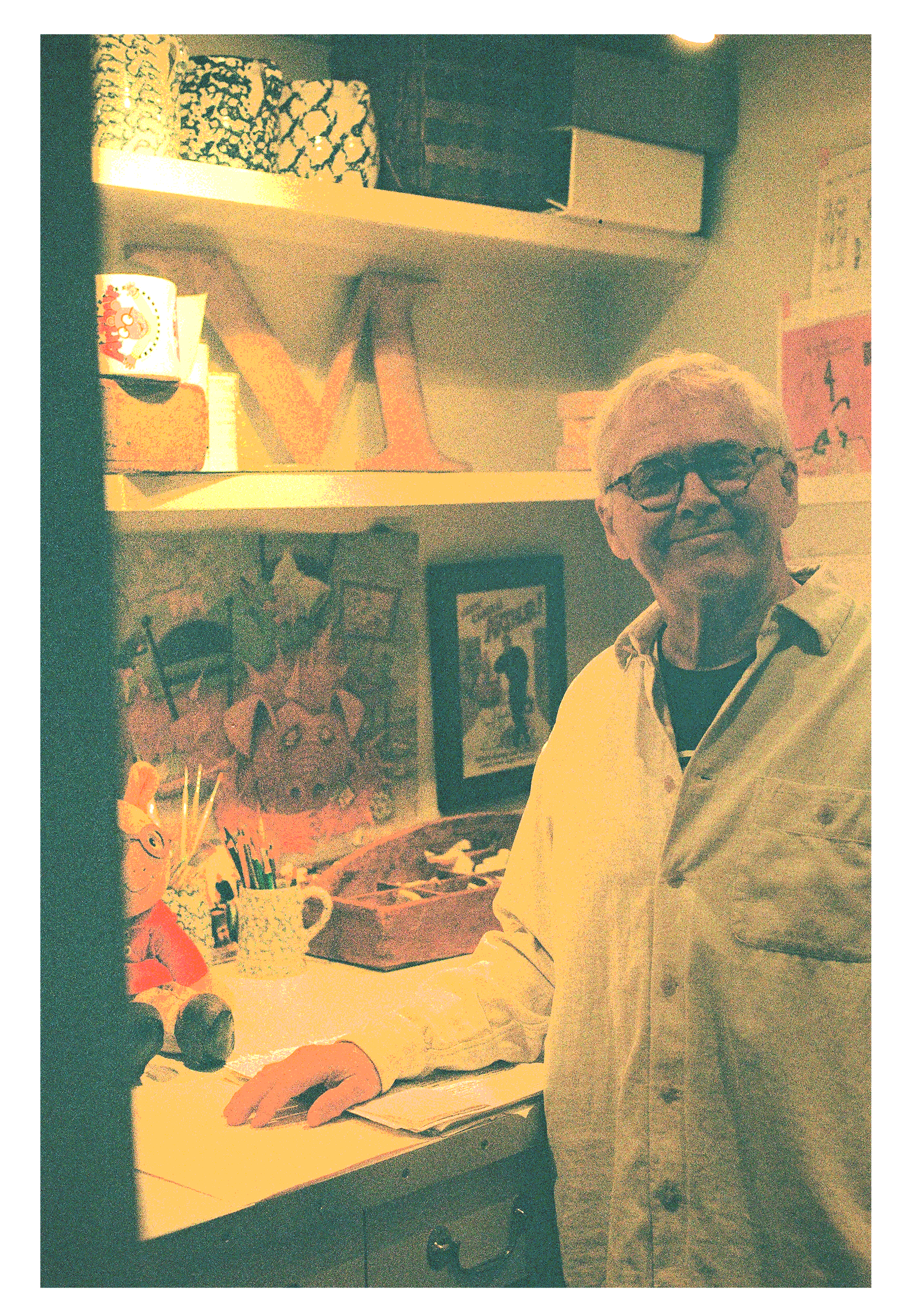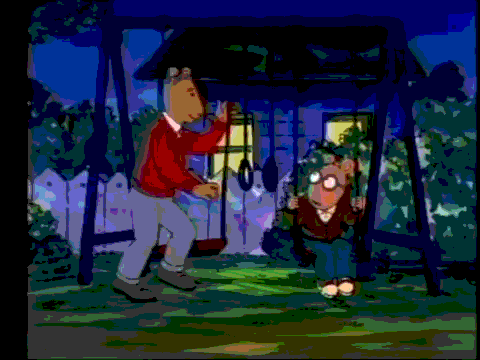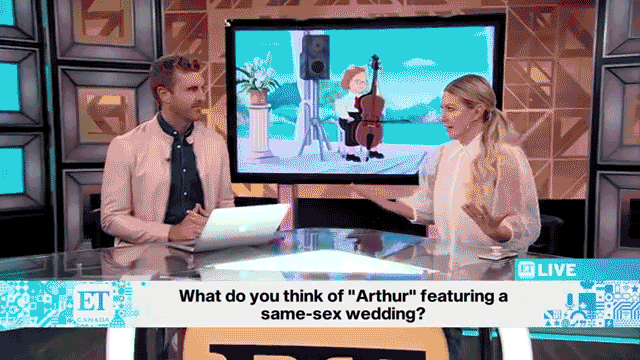The puppet thing is a good segway, how you feel when the characters came to life from the book to the TV show and what inspired the characters? I know that you’ve inspired a few based on various people.
It took me months of meeting with uh a lot of producers and directors around the country who did children’s programming and I was uh very taken by the Rugrats at the time and the folks that were producing that show. And we talked a lot and I liked them. And the trouble I had was finding a director that would work with children’s voices. No one wanted to do that because they said kids were too difficult to direct. But we found a company that was new up in Montreal called uh at the time it was called Sinare and it became Cookie Jar and went through transitions and it they were focusing entirely their company on children’s literature. and I liked that a lot, and they were doing Richard Scary’s books for television and the director there, Greg Bailey, was doing an amazing job of really bringing those books to life in a way that felt very authentic and so I liked that kids seeing Richard Scary’s books being brought to animation felt like it was a pretty seamless transition and so um we decided to go with this company, Sinare, and they assigned us a uh writers and a director, and I hated all of them. It was very embarrassing and I didn’t know what do to and this was all new to me. And uh so the director that I wanted was Greg Bailey who was directing Richard Scary and so my producer, executive producer Carol Greenwold and I were lucky enough to be in the elevator with Greg and I pleaded with him and he agreed to somehow make it work that he would come and direct the show. So that was like a huge thing for me. And then to find people who could write scripts for Arther it felt like something I could be proud of and live with and um GBH who was producing, “Well, we’ve given you the best writers for children’s television, if you’re not happy with them you’re going to have to interview people yourself!” So we starting interviewing young writers who had resumes that were like two sentences long and I remember asking Lori to help me uh cause I had never interviewed writers before. And so I said, “What should I ask them?” and she said, “well why don’t you try asking them about their childhood?” and that turned out to be the magic bullet because it told me so much about who they were and how they could be in touch with their childhood and i felt like as some form of magic gift that I didn’t realize I had is that I can see and hear things that happened in the third grade. And uh that’s what I brought to Arthur, or the characters that were in my life when I was in the third grade. And so I was looking for writers who respected children, who had a sense of humor, and could put themselves back there. And the first writer, Ken Scarboro, who turned out to be our first head writer and he was amazing and wrote some terrific scripts those first couple of years. And then Peter HIrsch came on board, that same year as a writer, not the head writer, and he’s been with us the entire 20-some years now.
And I’m excited about working on a new project with him, actually. It’s called “Hop” the frog that can’t talk!














